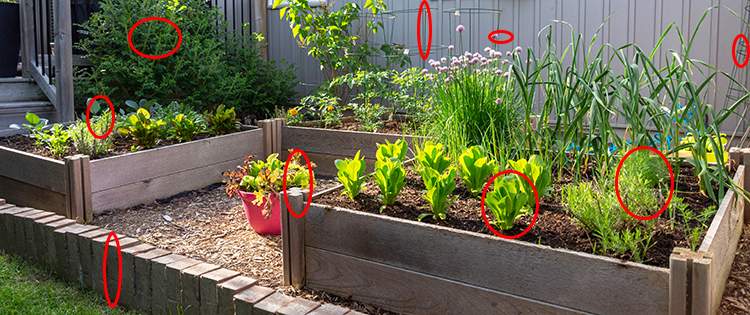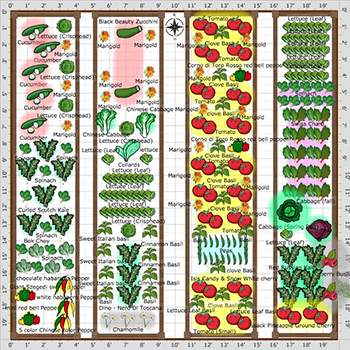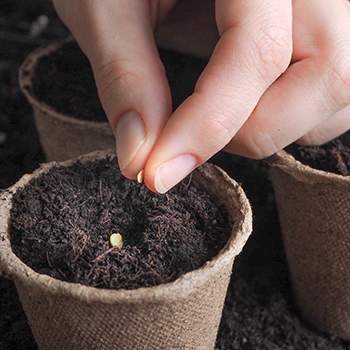No matter if you’re planning to start a survival garden out of necessity, prepare for the worst times, or become more self-reliant, you’ll love the security these gardens offer.
Homegrown produce boasts better flavors and is more nutritious than grocery store fruits and vegetables. History shows that people have planted survival gardens during the war, economic instability, and famine. Survival gardens assure you that you and your family can easily make it through hard times.
Survival gardens provide you access to healthy, readily available food at budget-friendly prices. Apart from being great exercise, the garden is good for morale. Plus, this fun-filled exercise is a great way to relieve your stress. But do you know how to start growing your survival garden? Here’s an easy-to-understand guide to starting your survival garden in your backyard:
Why You Should Grow A Survival Garden?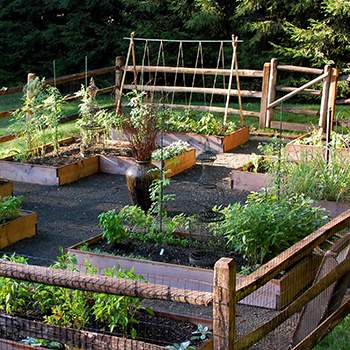
Homeowners often worry about day-to-day shopping for essentials and amenities. Going per week or even monthly can be too troublesome for some people. That’s why Survival Gardens are the perfect solution.
The ability to harvest fresh produce from your backyard is an ideal way of filling up your pantry so that you can enjoy delicious and fresh food. On top of that, a survival garden provides you access to organic and nutritious veggies and fruits. Typically, these are superior in quality to week-old, conventionally grown store-bought food.
One advantage of survival gardens is that you can grow a diverse variety of delicious veggies that extend the life of the stored food supply. Moreover, gardening is a great way to connect with nature and spend meaningful time with your family.
Plus, gardening helps you relieve stress, as well as ensures you stay fit and healthy. Enjoy breathing fresh air as you enjoy fresh greens rich in starchy carbohydrates and necessary vitamins and minerals.
Top Tips to Keep in Minding when Growing Your Survival Garden
Design Your Survival Garden
Designing the structure of your survival garden is just as crucial as buying garden seeds. When it comes to deciding what type of garden seeds you should plant, it’s always a better idea to seek open-pollinated seeds. These allow you to save your seeds and, ultimately, ensure that you always have stock for the year to come.
Keep in mind that a survival garden is more than simply a garden; it is the thin line keeping you healthy and happy during tough times. Plus, you need to consider more than merely eating crops. From preservation to trading, excess crops are beneficial.
There’s always a chance that your crops may fail due to a disease or drought. Thus you need to learn to think diversely.
For this reason, you should plan perennials, as well as annuals. Consider planting trees, canes, bushes, herbs, and weeds. Moreover, add sun and shading love plants to enjoy delicious veggies regularly.
How Big Should It Be?
When it comes to how big should your survival garden be, you’ll have to consider a variety of different factors such as:
- The number of people in your family
- What kinds of crops will you be growing in your garden- some require more space than others
- What kind and quality of soil does your backyard boast?
- Also, what is your climate?
- Your gardening skills and experience
- The amount of time you must spend on gardening and, in turn, feeding your family
While it’s not possible to provide you with an exact number, you’ll likely need a minimum of ¼ acre land for starting your survival garden. Depending on your family size and vegetable preferences, chances are, you may end up with a 2-acre expansive survival garden.
Pick A Site With Light
One additional tip to keep in mind when designing your survival garden is the location. Apart from factoring in the area and size, you’ll have to make sure the garden allows adequate sunlight to enter.
No matter if you’re planting in the ground or pots, your spot should enjoy at least 8 to 12 hours of uninterrupted sunlight per day. A tree’s shadow or structure can prevent the sprouting of certain plants.
The fact is that light is critical for the healthy growth of plants. Moreover, most plants are sensitive to interruptions in light. When designing your garden, test the spot from different angles and at a different time to ensure ideal light exposure.
Be Mindful Of The Season
No need to grow tropical vegetables in early spring. Instead, focus on frost-tolerant plants. If you’re not growing your plants indoors, you’ll want to find out the date of your area’s ‘last frost.’
The garden elevation plays a significant role in determining frosts, freezes, and nighttime temperatures. Plants native to warm places such as peppers, tomatoes, and eggplants are not cold tolerant. Even the slightest frost will kill them.
That’s why you must grow your tropical seedlings during comparatively warmer months or in a warm indoor space. Here’s a small guide:
Seeds To Sow During Early Spring
- Greens: lettuce, spinach, swiss chard, and kale
- Root crops: turnips, carrots, radishes, and beets
- Peas: snow peas and early peas
Live plants to Sow during Early Spring
- Onion sets
- Hardy herb: thyme and rosemary
- Cruciferous vegetable seedlings: cabbage, broccoli, and cauliflower
Important Crops For Your Survival Garden
Here’s a list of plants to consider growing in your survival garden
- Corn
- Spinach
- Potatoes
- Onions
- Beans
- Peas
- Tomatoes
- Cucumbers
- Winter Squash
- Lettuce
- Sunflower Seed
- Cilantro
To Sum it Up
When growing crops is near impossible during the colder months, you’ll have to preserve and store produce. For this reason, you’ll have to learn how to cook, keep, and store vegetables for later use. Freezing, dehydrating, and canning are the top couple of ways to preserve your favorite foods for the colder months.
When drought or food insecurity hits you, the first thought that pops into your mind is providing your family with proper food, shelter, and water. That’s exactly what a survival garden offers. However, keep in mind that a survival garden isn’t all sunshine and rainbows.
You may face failure, limited space, limited resources, and difficulty protecting it from critters and plant diseases. However, keeping your goal at the forefront ensures you’re always motivated and level-headed. Allow your dreams to inspire you always to keep moving forward.
You may also like:
21 Gardening Items You Should Get From the Dollar Store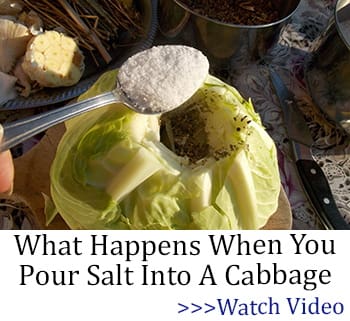
What Happens When You Keep Your Meat in Salt For 1 Month (Video)
How To Organize Your Garden For Maximum Harvest
DIY Raised Beds For Your Backyard
How To Make A Safe and Effective Organic Garden Pest Control Spray
50 Off the Grid Homesteading Tips and Tricks
